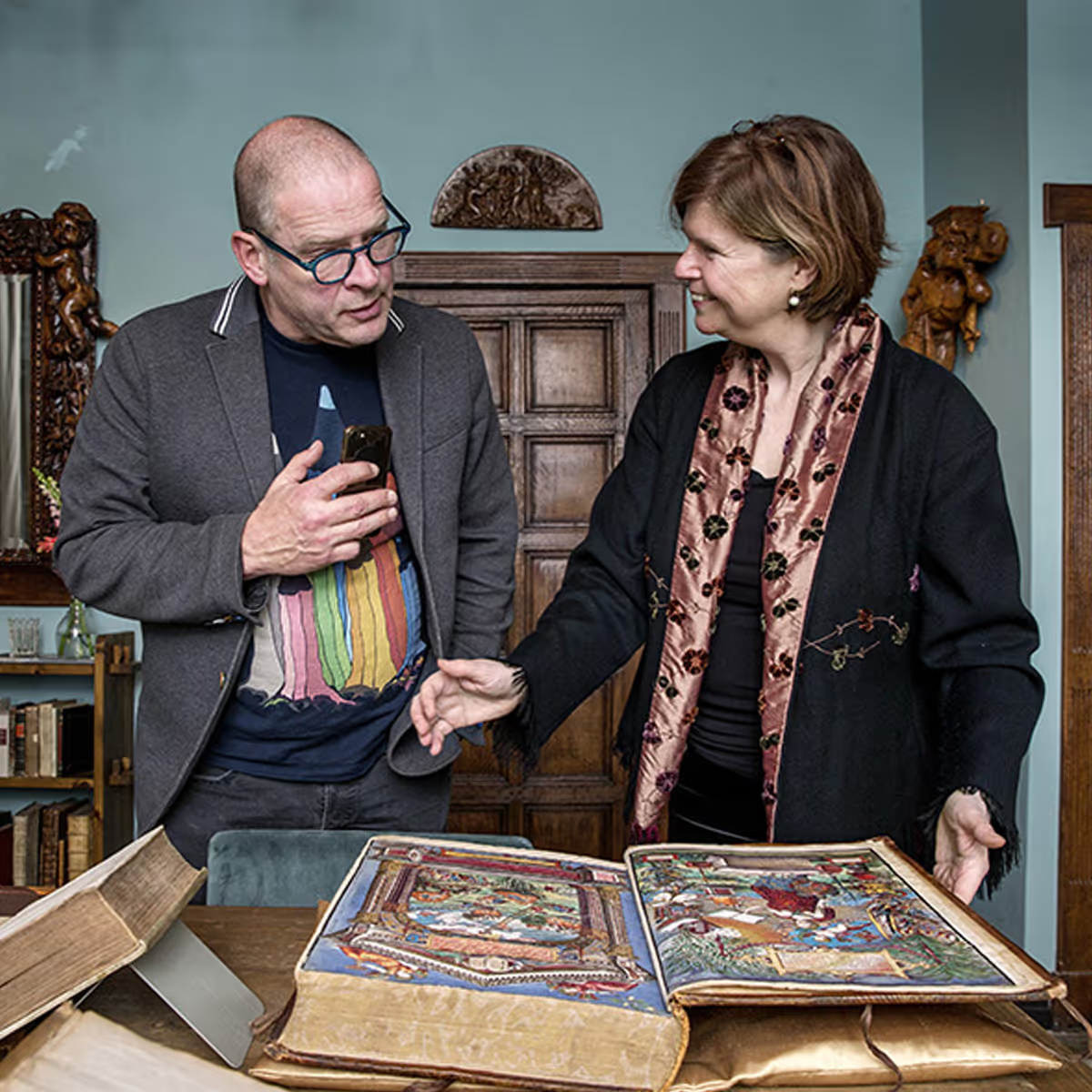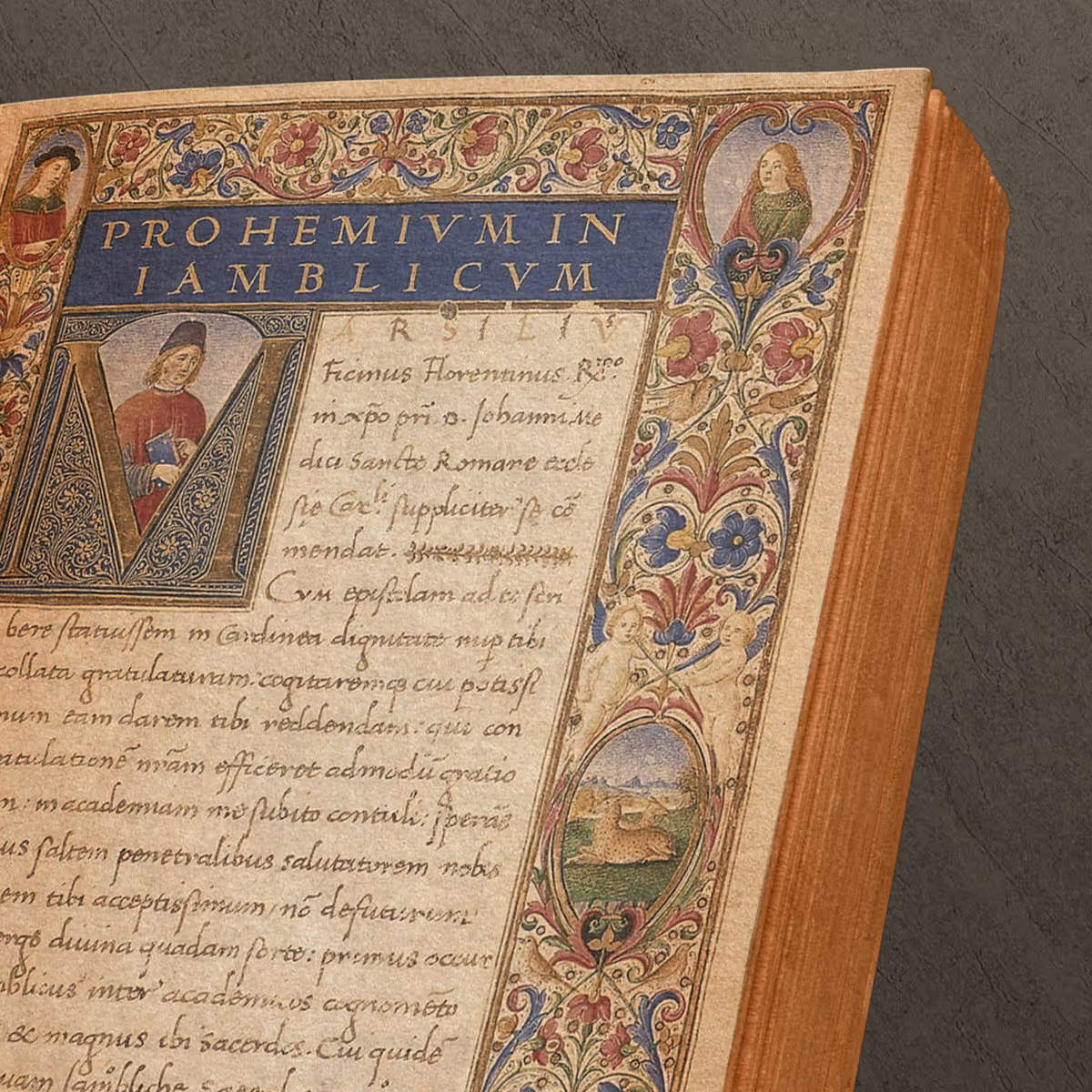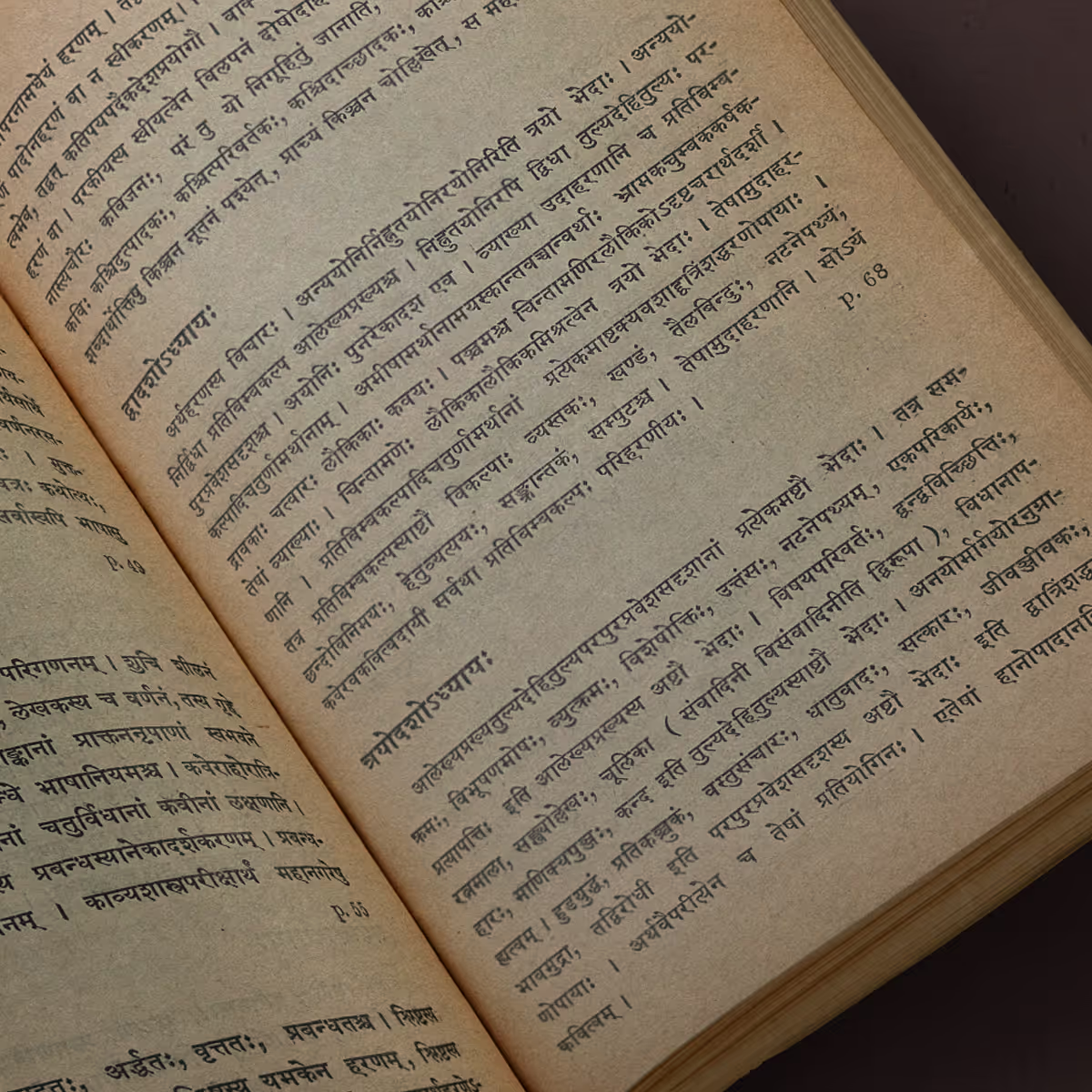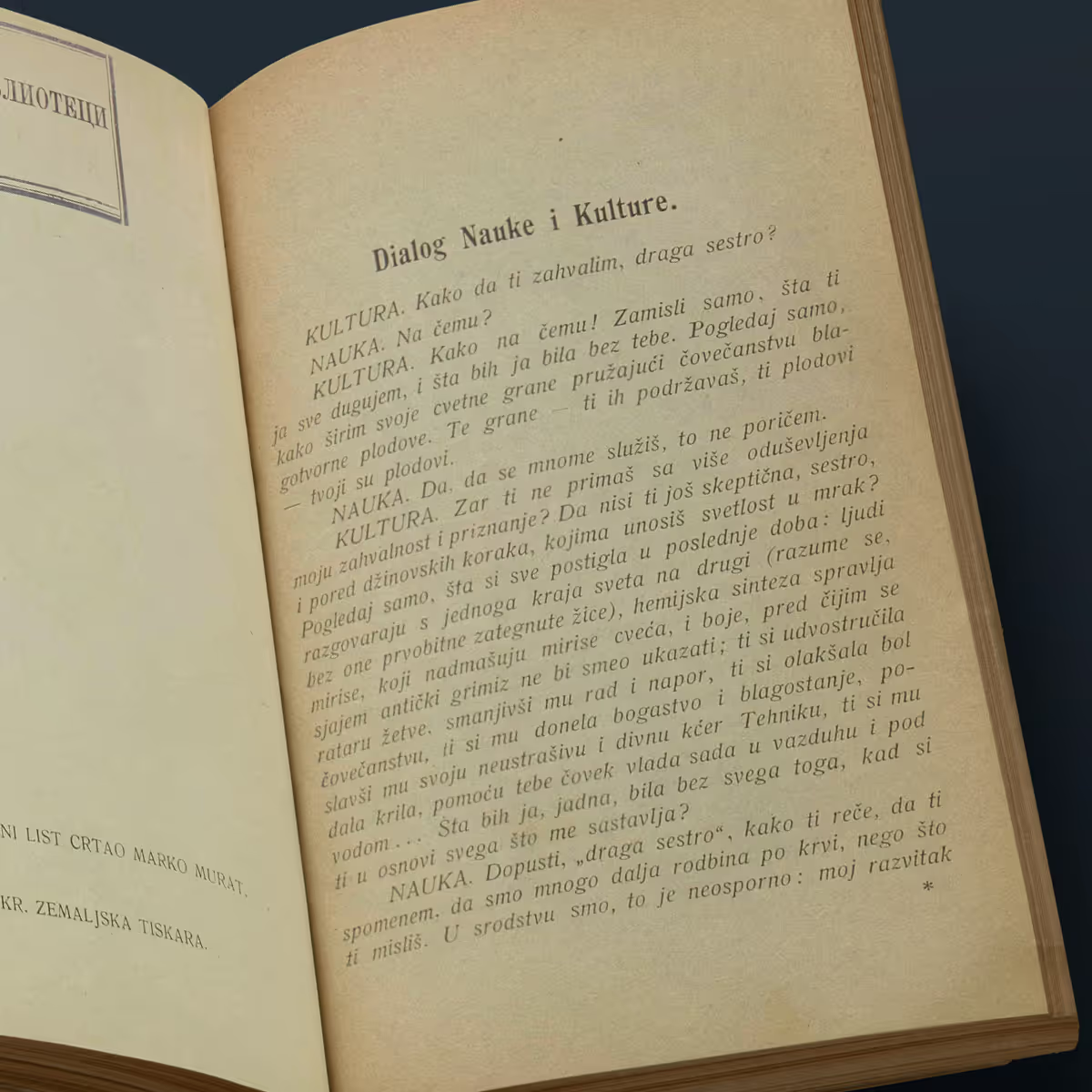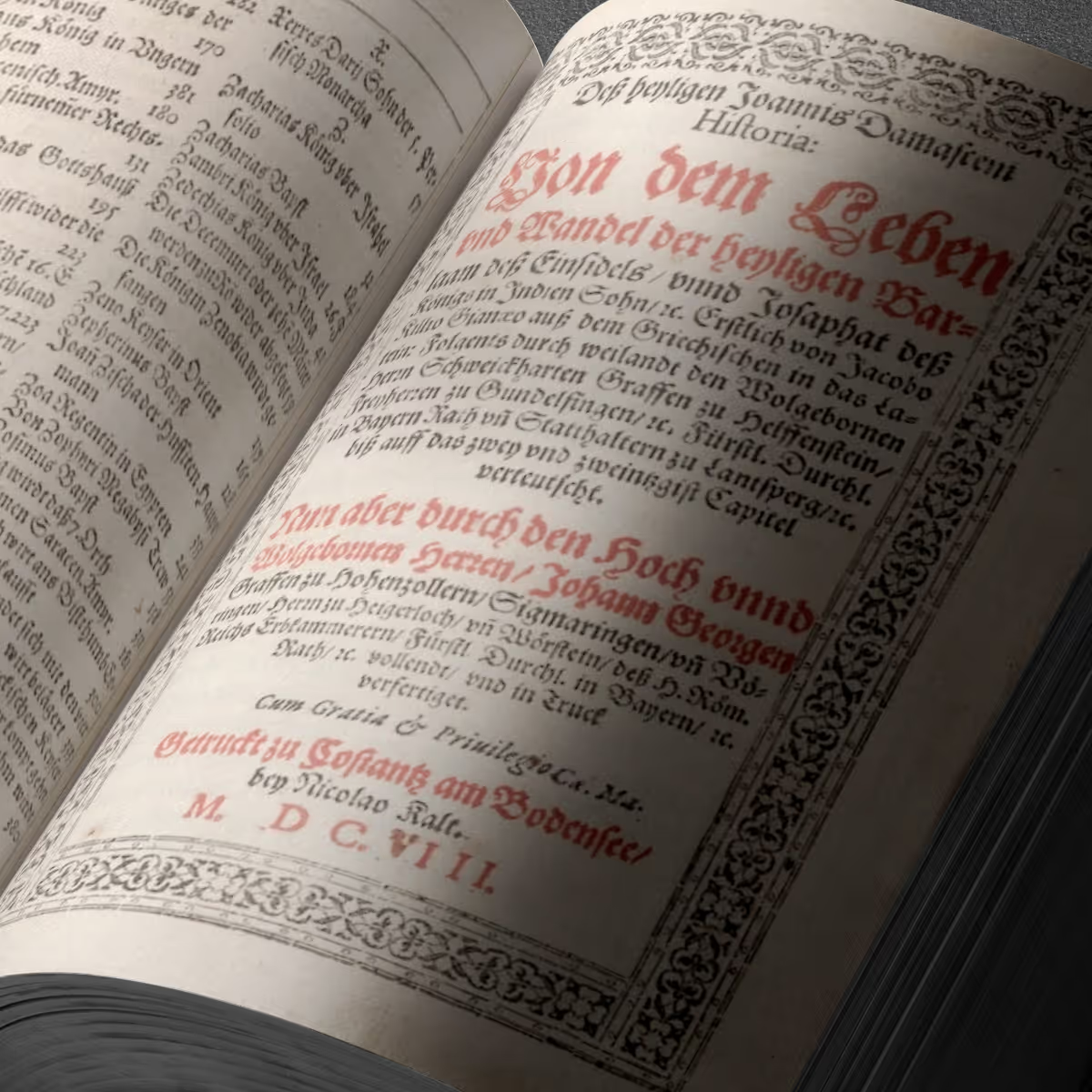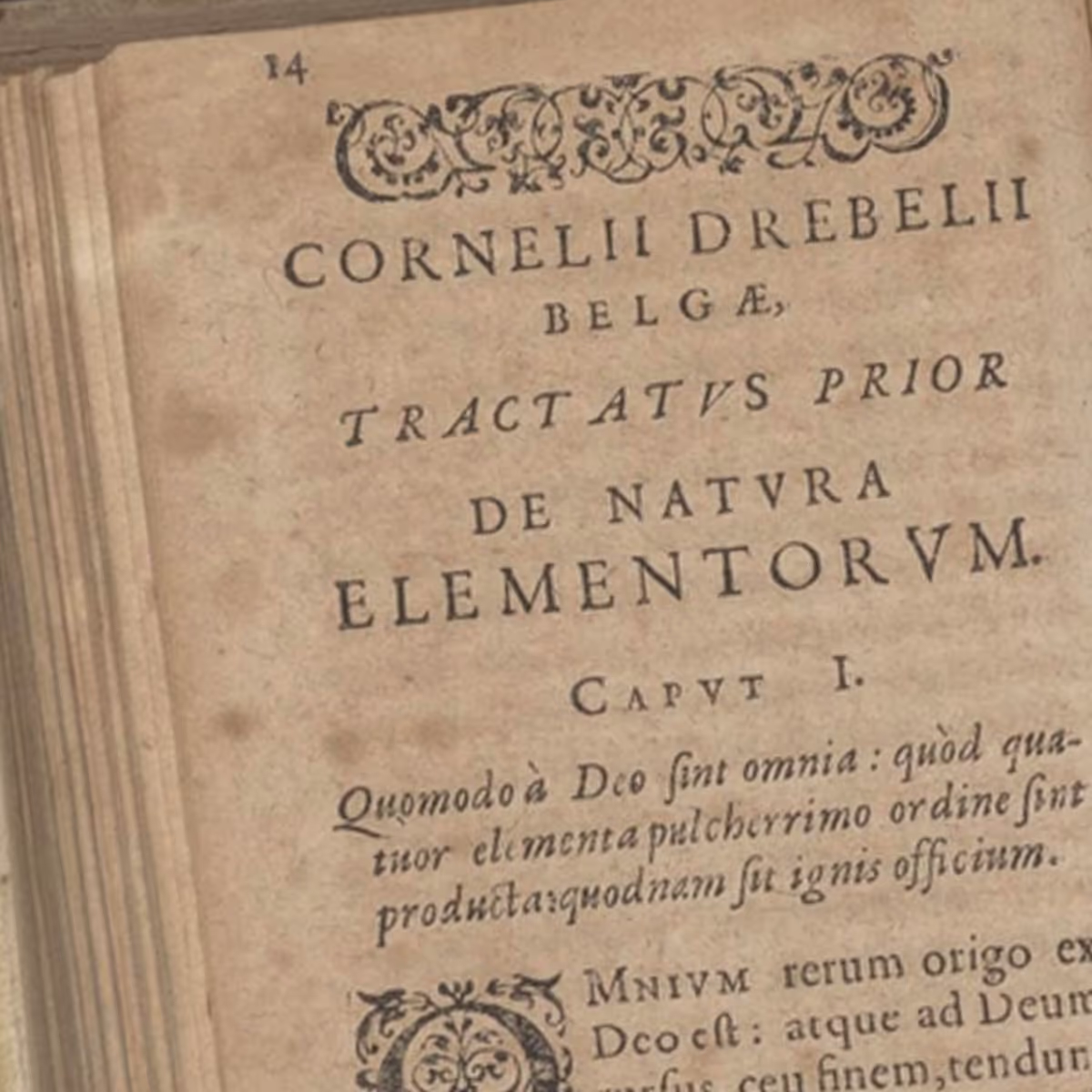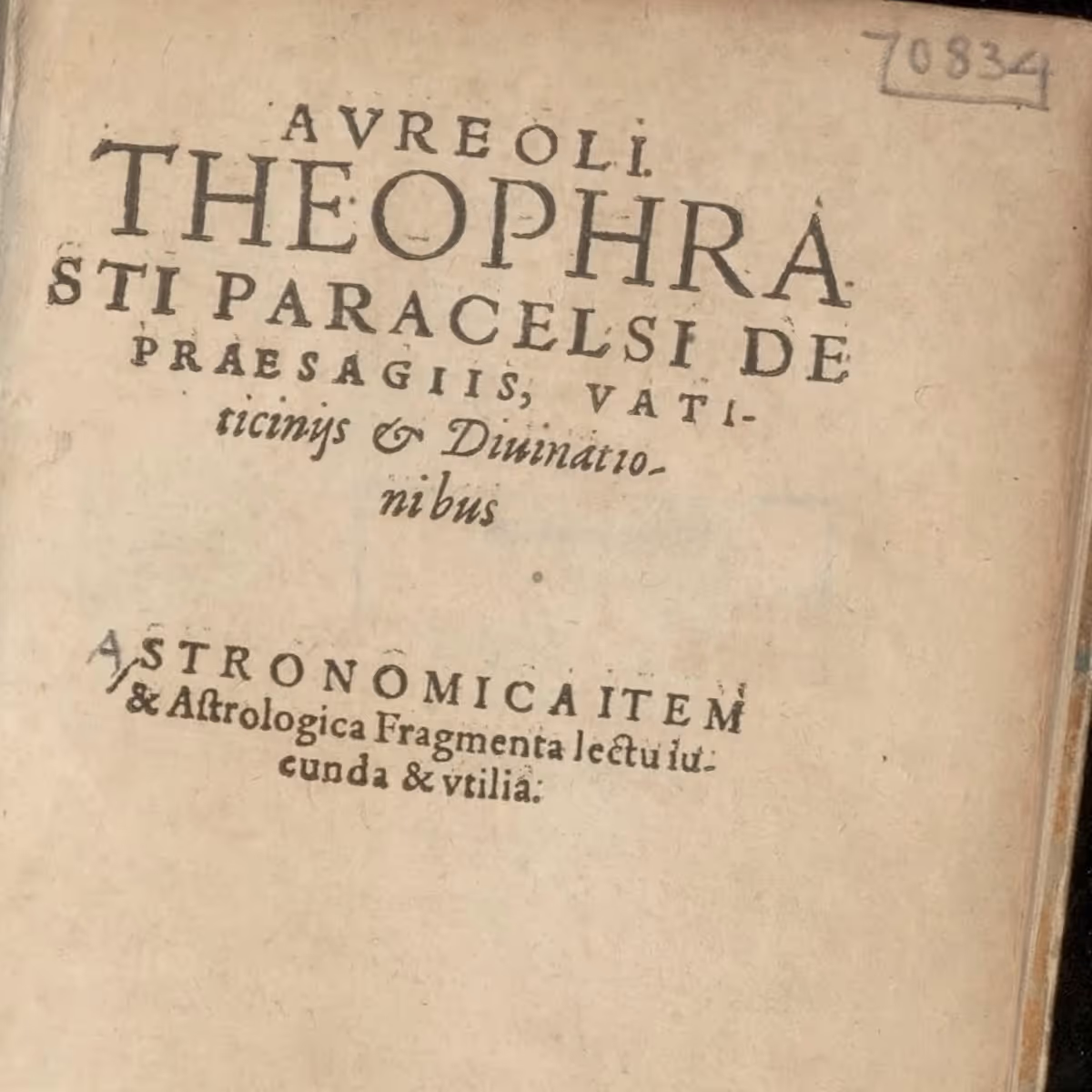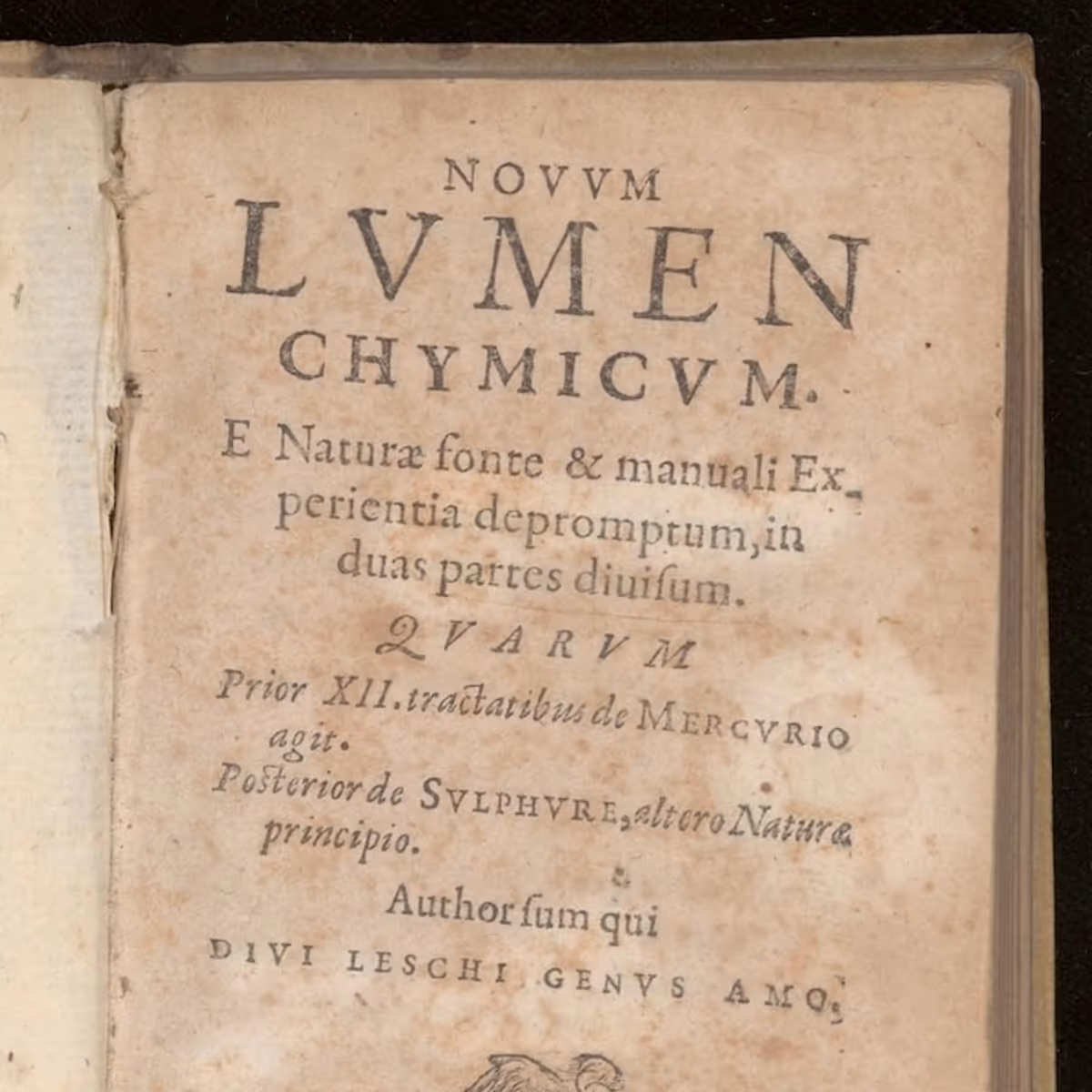
AI and the Preservation of Wisdom
Published:
August 10, 2025
The Ficino Society transforms 2000 years of wisdom into a living archive — preserving the past while enabling new research and interpretation through digital innovation.
At the center of our work is the Bibliotheca Philosophica Hermetica, recognized by UNESCO’s Memory of the World Register. This collection contains rare works on Hermetic philosophy, alchemy, Rosicrucianism, Freemasonry, Kabbalah, mysticism, magic, astrology, tarot, Sufism, Taoism, and more. It also holds writings of Amsterdam’s freethinkers — including Spinoza, Coornhert, Adriaan Koerbagh, and Jan Amos Comenius. The question before us is how to make such a collection useful and accessible in the 21st century, without losing its depth or integrity.
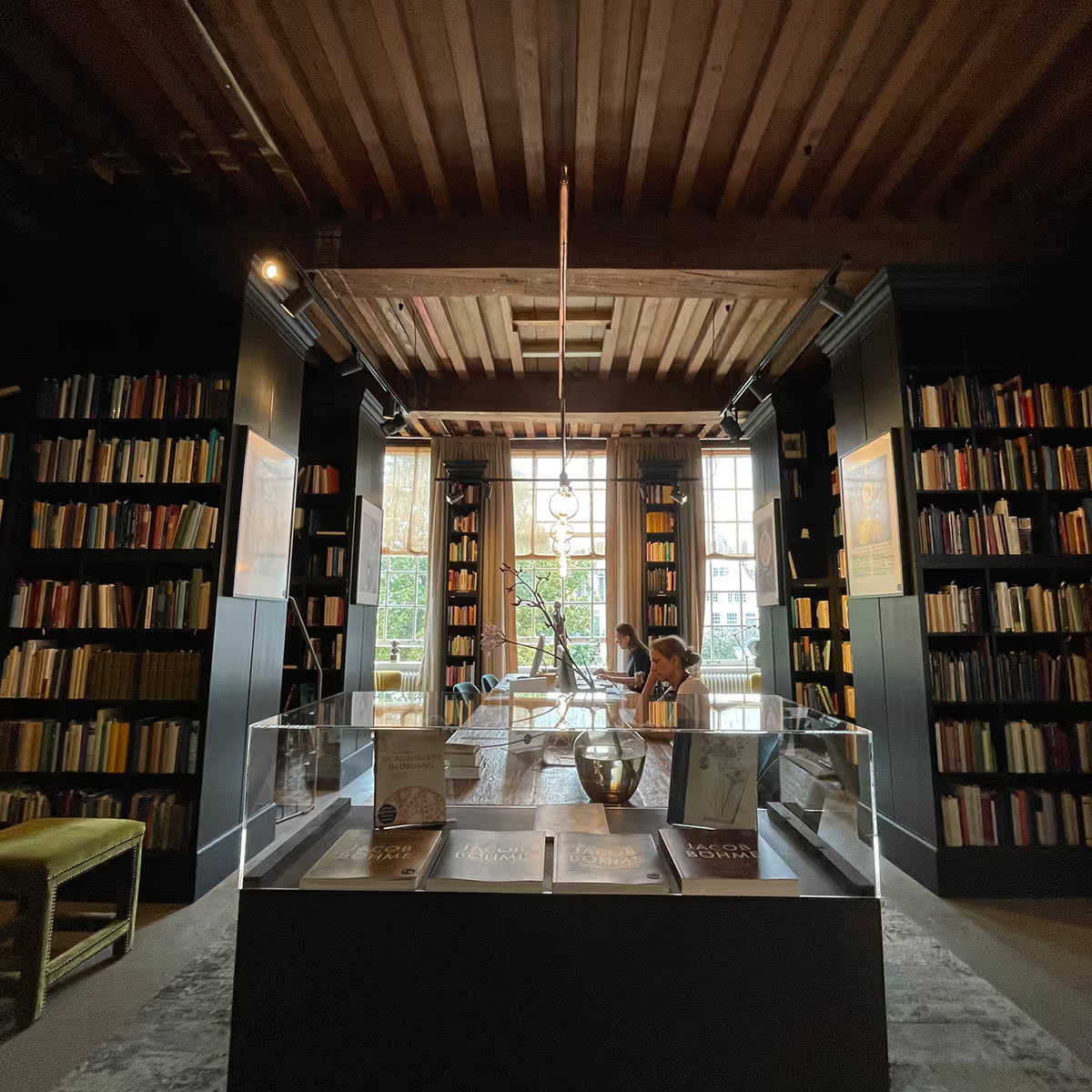
The Embassy of the Free Mind
Our library has 25,000+ rare books on alchemy, hermetica & mysticism at the Embassy of the Free Mind museum, set in Amsterdam’s historic canal mansion, the House with the Heads.
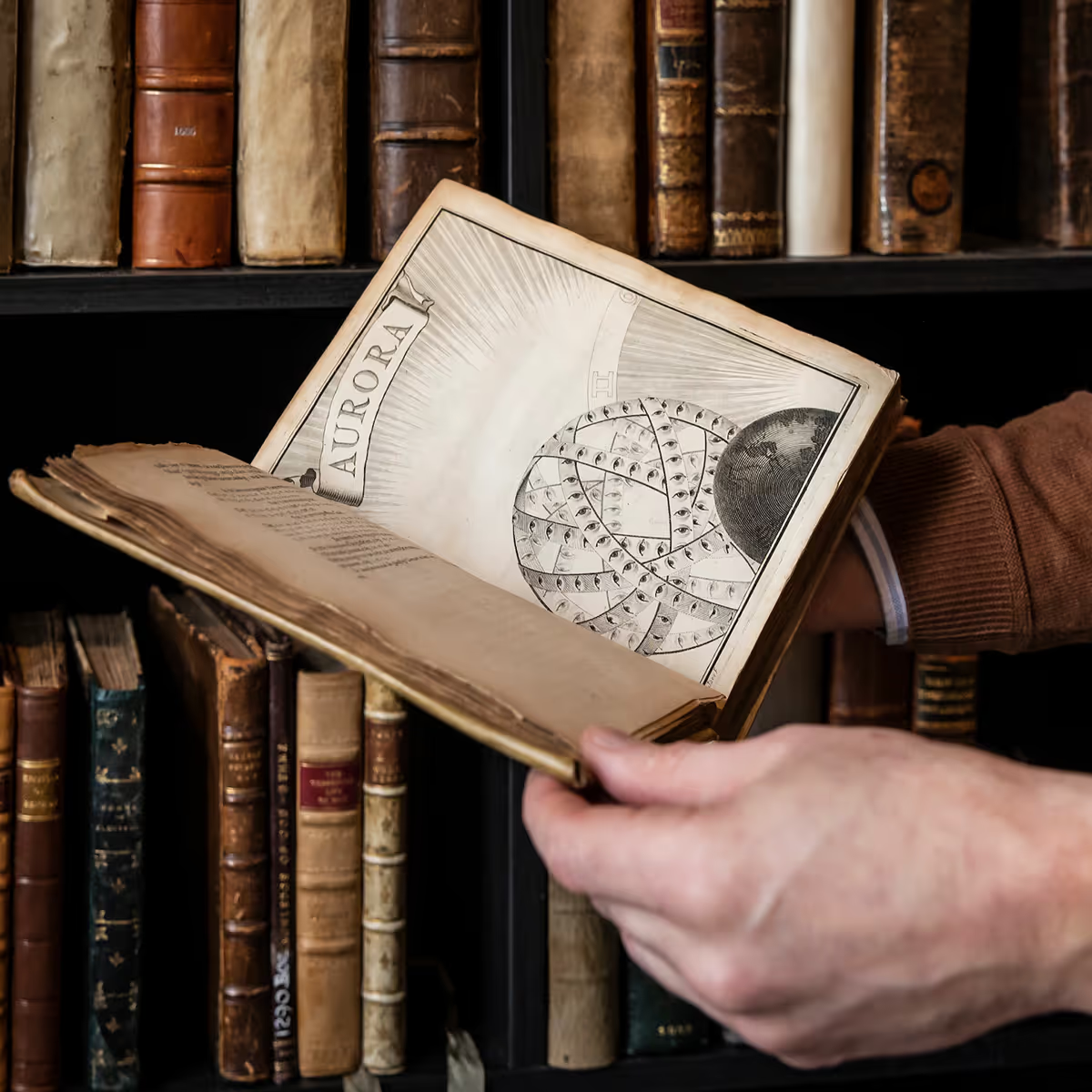
The Ficino Society develops digital tools not to replace scholars, but to serve them — and through them, to serve the free mind.
Lorem ipsum dolor
AI as an Instrument, Not a Replacement
Artificial intelligence is often presented as a disruptive force. We take a different view. For us, AI is a supporting instrument. Like a printing press, a microscope, or a library catalog, it can extend human capacity without replacing human judgment.

First-Pass Translations
The Bibliotheca contains works in Latin, Greek, Hebrew, Arabic, and more. AI translation engines can provide a preliminary rendering of these texts, offering scholars a starting point. Human expertise remains essential to refine nuance, context, and meaning.
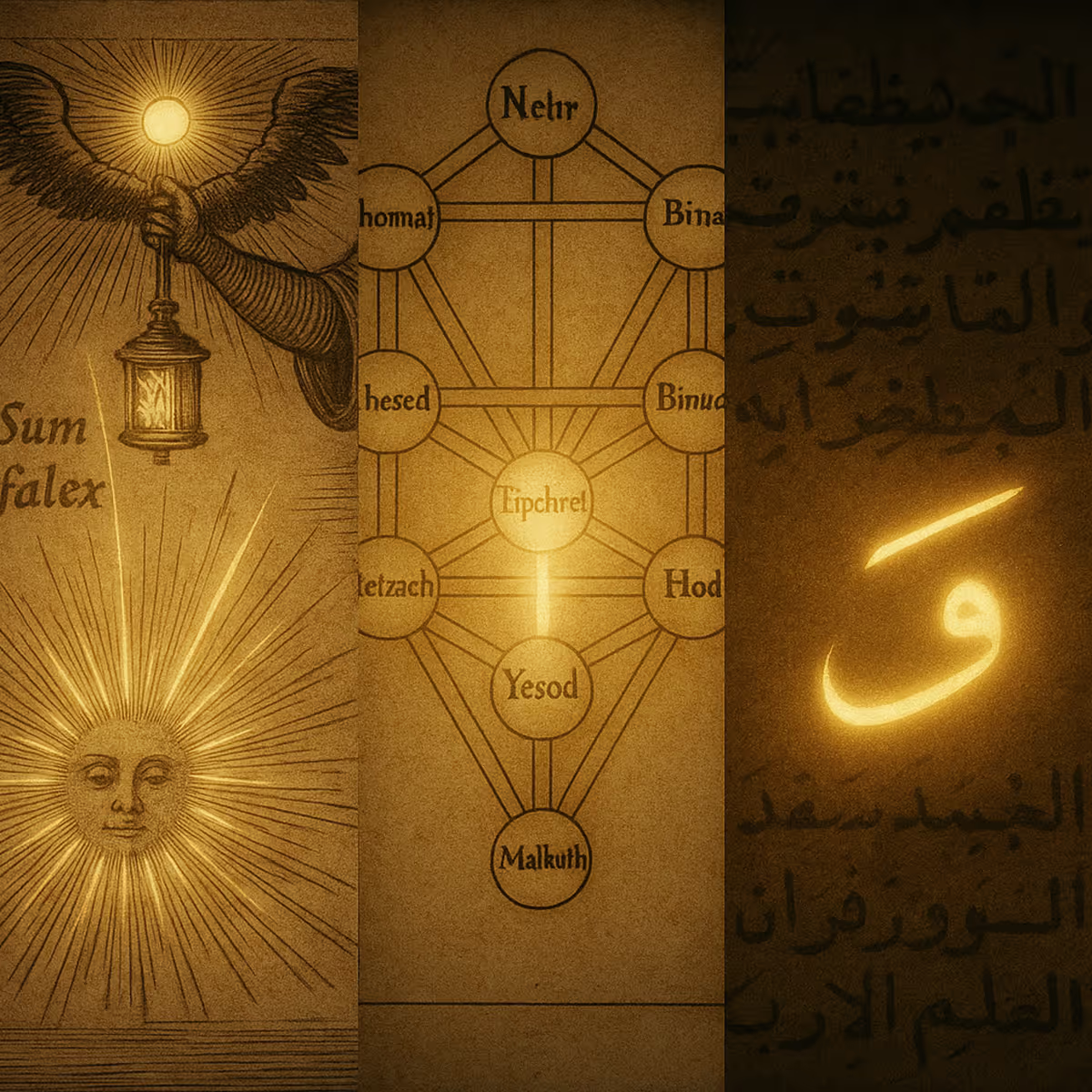
Cross-Referencing Traditions
AI can scan thousands of pages to detect recurring themes, symbols, or concepts across different traditions — for example, tracing the metaphor of “light” from Hermetic, Kabbalistic, and Sufi texts. These cross-references highlight possible connections that scholars can then investigate in depth.
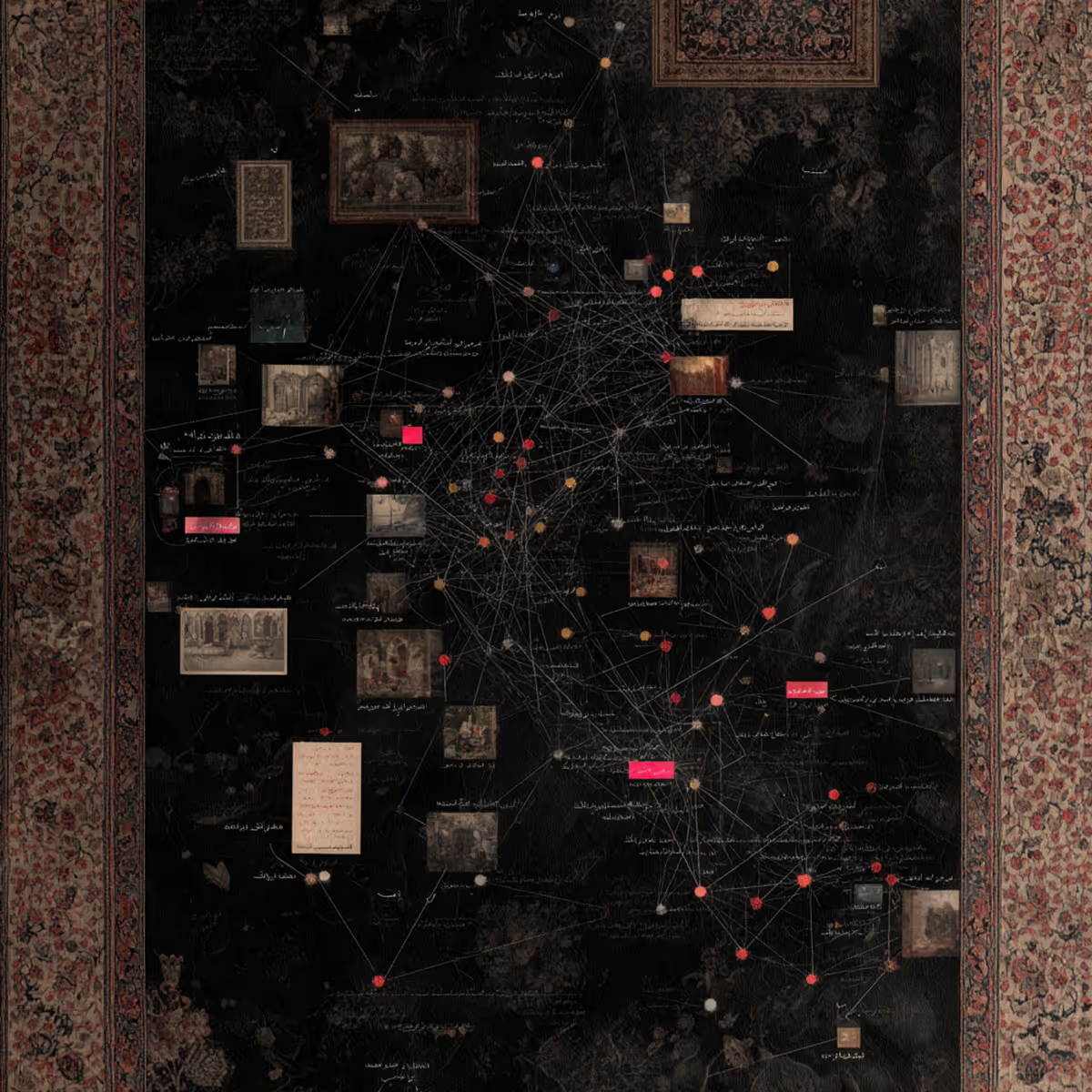
Metadata and Cataloging
Much of the value of a rare collection lies in how it is organized. AI can assist in creating consistent metadata, tagging manuscripts by themes, figures, or symbols. This accelerates cataloging work, allowing curators and librarians to spend more time on interpretive decisions rather than routine sorting.
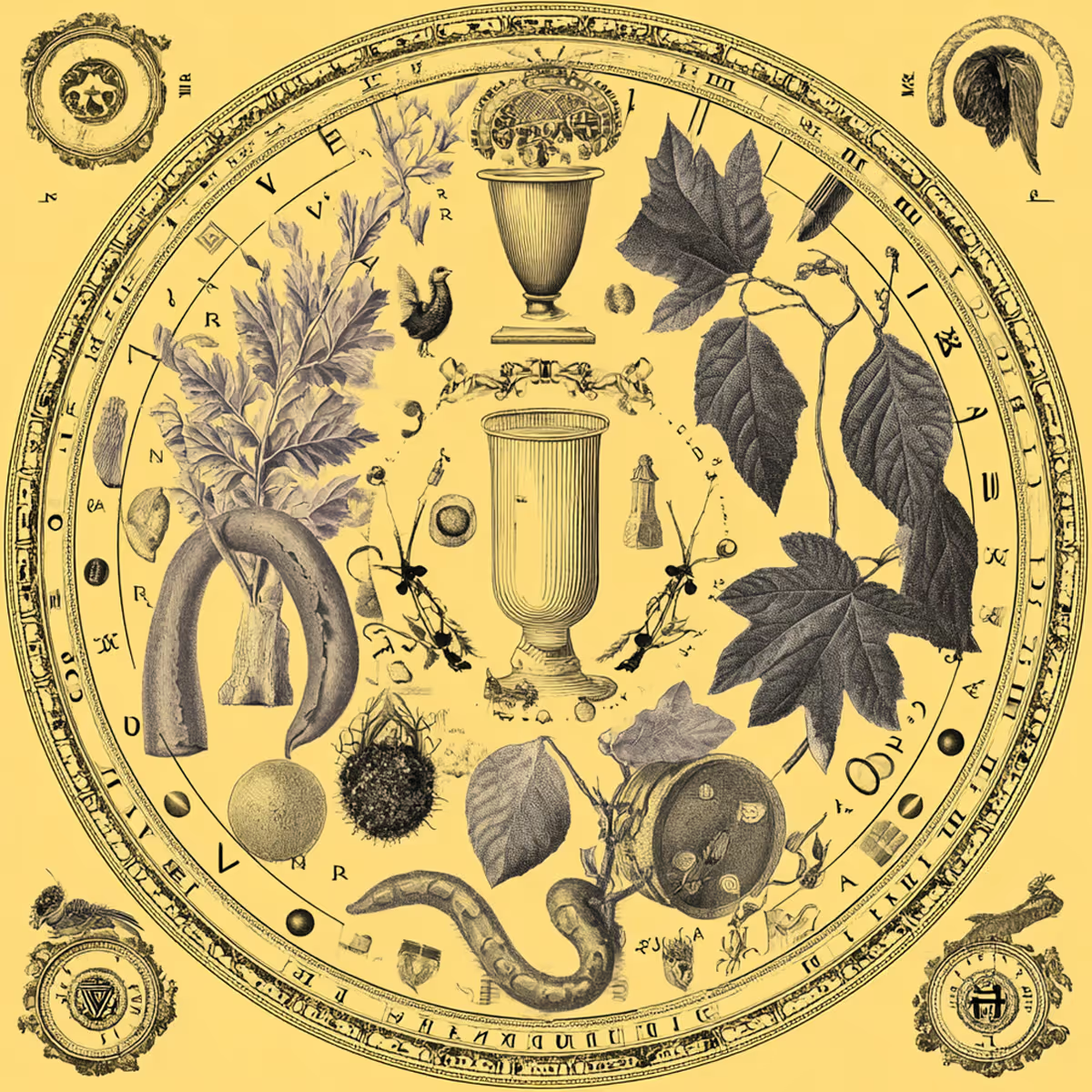
Pattern Recognition in Imagery
Alchemy and mysticism often communicate through images as much as words. AI image recognition can identify recurring motifs across engravings and diagrams — for instance, tracing the evolution of the ouroboros or the philosopher’s stone iconography across centuries. Such insights enrich art historical and philosophical study.
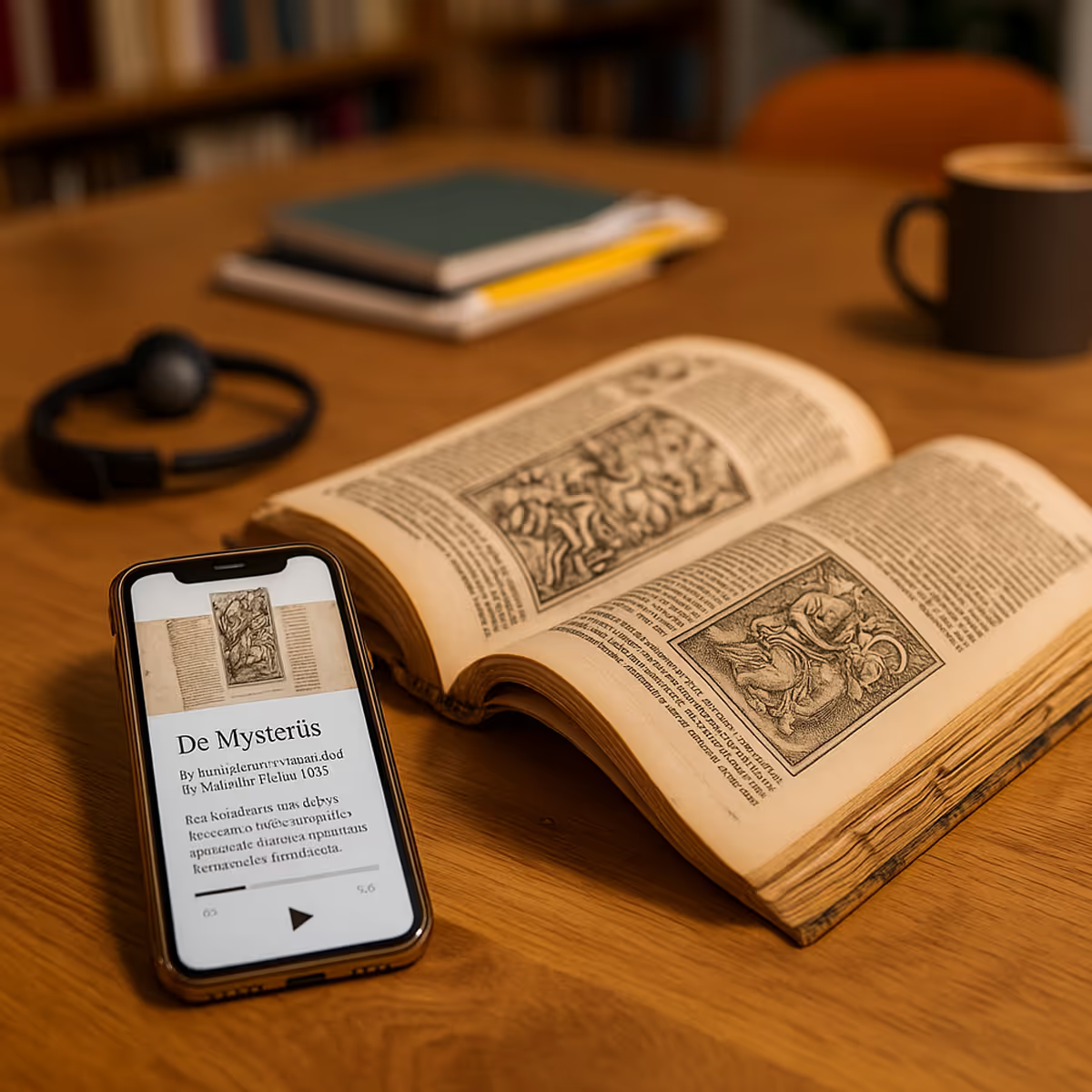
Accessibility Through Media
AI-generated audio and video tools allow these texts to be experienced in new ways — spoken aloud, visualized, or narrated for broader audiences. These outputs do not replace scholarship but expand access, making rare and complex material approachable for students, educators, and the public.
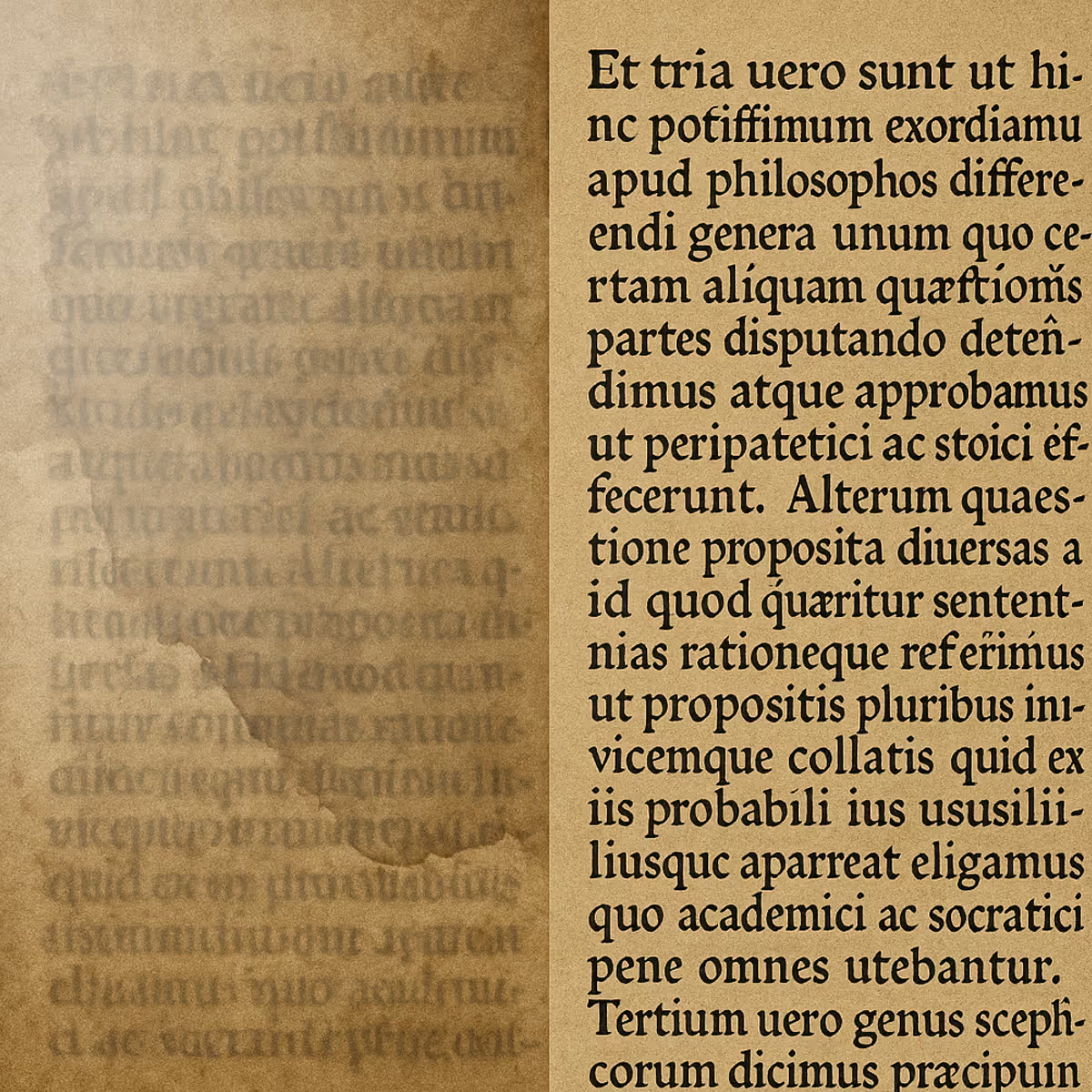
Restoring Faded Texts
Centuries-old manuscripts often suffer from faded ink, smudges, or water damage. AI-powered image analysis can enhance legibility, making characters visible that the human eye might miss. The result is not a finished edition, but a more complete foundation for scholars to work from.
Building a Custom Model
Generic AI tools are not enough. We are building a custom-trained language model, rooted in the Bibliotheca’s holdings. This ensures that the system is shaped by the traditions it is meant to serve, not by random data from the wider internet.
Such a model allows us to design new instruments of research:
- A Translation Engine, producing draft multilingual renderings.
- A Correlation Engine, identifying thematic links across manuscripts.
- A Hermetic Atlas, a navigational map of ideas across time and culture.
These are tools for discovery. They expand the horizon of research, but they do not decide what is true.
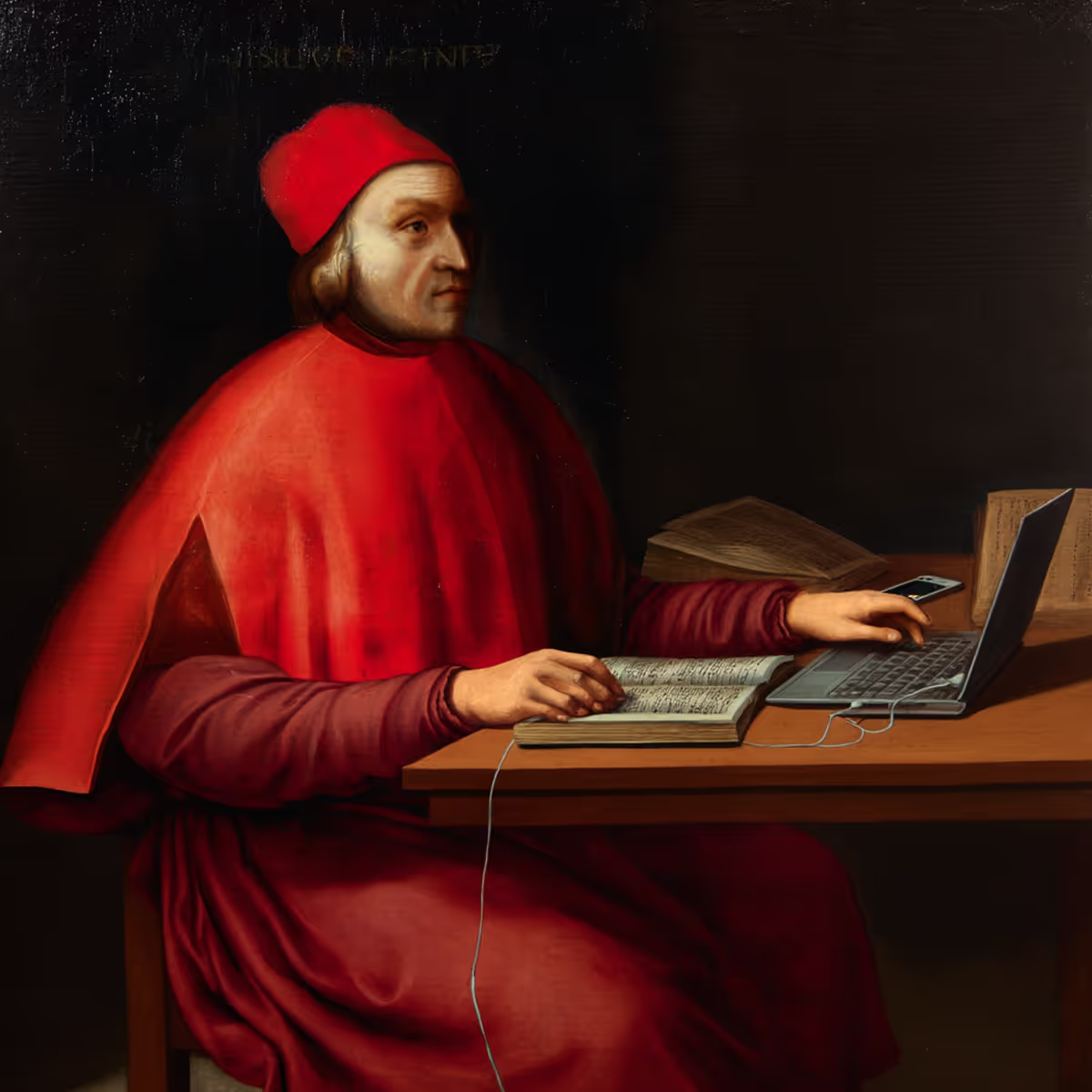
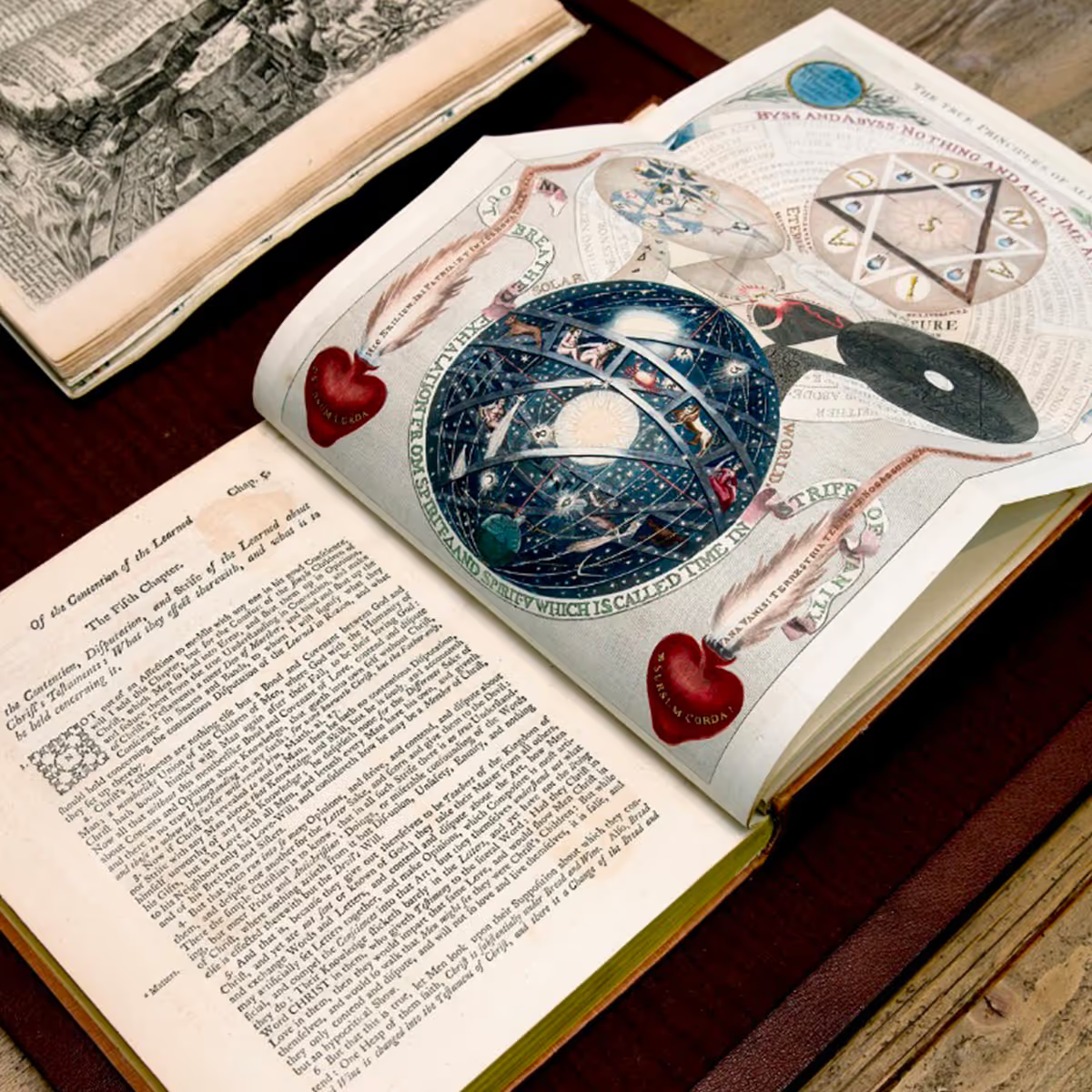
Responsible Design
Perhaps the most experimental area of our work is what we call the Living Library: dialogue interfaces that let readers engage with historical figures through their verified writings. The purpose is not to simulate philosophers, but to make their ideas easier to approach.
Such tools raise important ethical questions. We believe the only responsible path is transparency. Every digital output is tied to original sources and open to scholarly review.
Why This Work Matters
Knowledge survives when it is preserved. Wisdom survives when it is made meaningful.
By combining careful scholarship with thoughtfully applied technology, the Ficino Society seeks to ensure that this UNESCO-recognized heritage continues to inspire. Our goal is simple: to help people encounter these works, understand them more deeply, and carry their insights forward.
